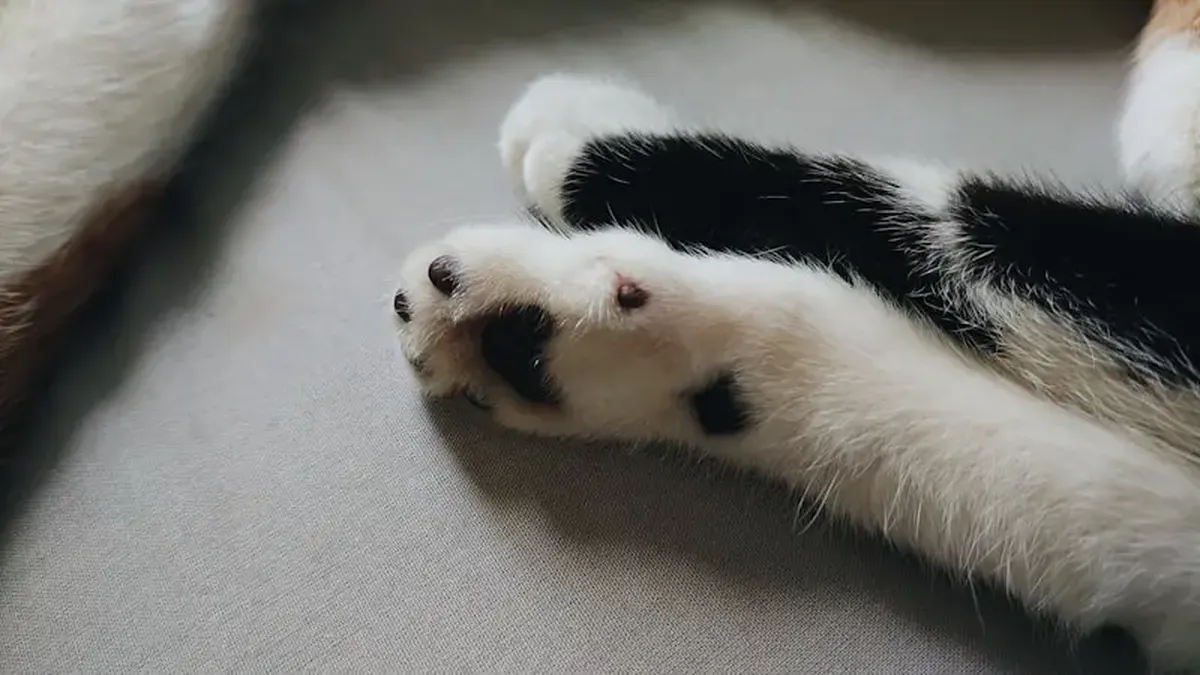
Have you ever noticed your cat kneading your body with its front paws, almost as if it’s preparing dough? According to animal behaviorists, this behavior indicates that your feline friend feels safe and secure in your presence. The Oakland Veterinary Hospital in California refers to this cat behavior as “kneading” or “making biscuits.” The American Animal Hospital Association in Lakewood, Colorado, adds that cats often perform this action on soft surfaces, such as blankets, human skin, or even other animals.
While the exact reason behind this behavior remains unclear, it’s widely believed that kneading is a remnant from when cats were kittens. During feeding, they rhythmically kneaded their mother’s body to stimulate milk flow. “This kneading motion is very similar to the process of kittens suckling,” explained Dr. Susan Hazel, an associate professor of animal behavior, welfare, and ethics at the University of Adelaide in Australia. The pheromones released during suckling likely make it a pleasurable experience, prompting cats to recreate it even in adulthood, especially around those they trust. Sometimes, they choose to knead on a soft pillow or blanket, as these items evoke the comfort they felt in their early days under the watchful eye of a caring mother. Live Science notes that during kneading, a cat may also drool or even suck on the surface it’s kneading, according to Dr. Hazel.
Another possible explanation for “making biscuits” relates to the scent glands located in their paw pads. This means that cats might use this behavior to leave their scent and mark their territory.
However, Dr. Hazel points out that “there’s a difference between kneading behavior, where relaxed cats sit on your lap, and scratching a tree to release scent.” If this kneading causes discomfort to their owners, animal behaviorists recommend placing a blanket or pillow on your lap or chest. It’s also a good idea to leave these items in a cozy corner of your home, allowing your cat to knead without prying eyes. The fabric surfaces will smell familiar and help the animal feel secure.
But what if your beloved pet’s kneading involves sharp claws that hurt? It’s essential to teach them not to do this. For instance, you can offer your cat a tasty treat or pet them when they knead without using their claws. However, if they do extend their claws, you should unexpectedly get up from your bed or chair.
Yet, it’s crucial never to punish your cat for engaging in behavior that is entirely normal. “Punishment can lead to a breakdown in the bond between the owner and the cat, as they don’t understand that they are causing pain,” Dr. Hazel cautioned.
